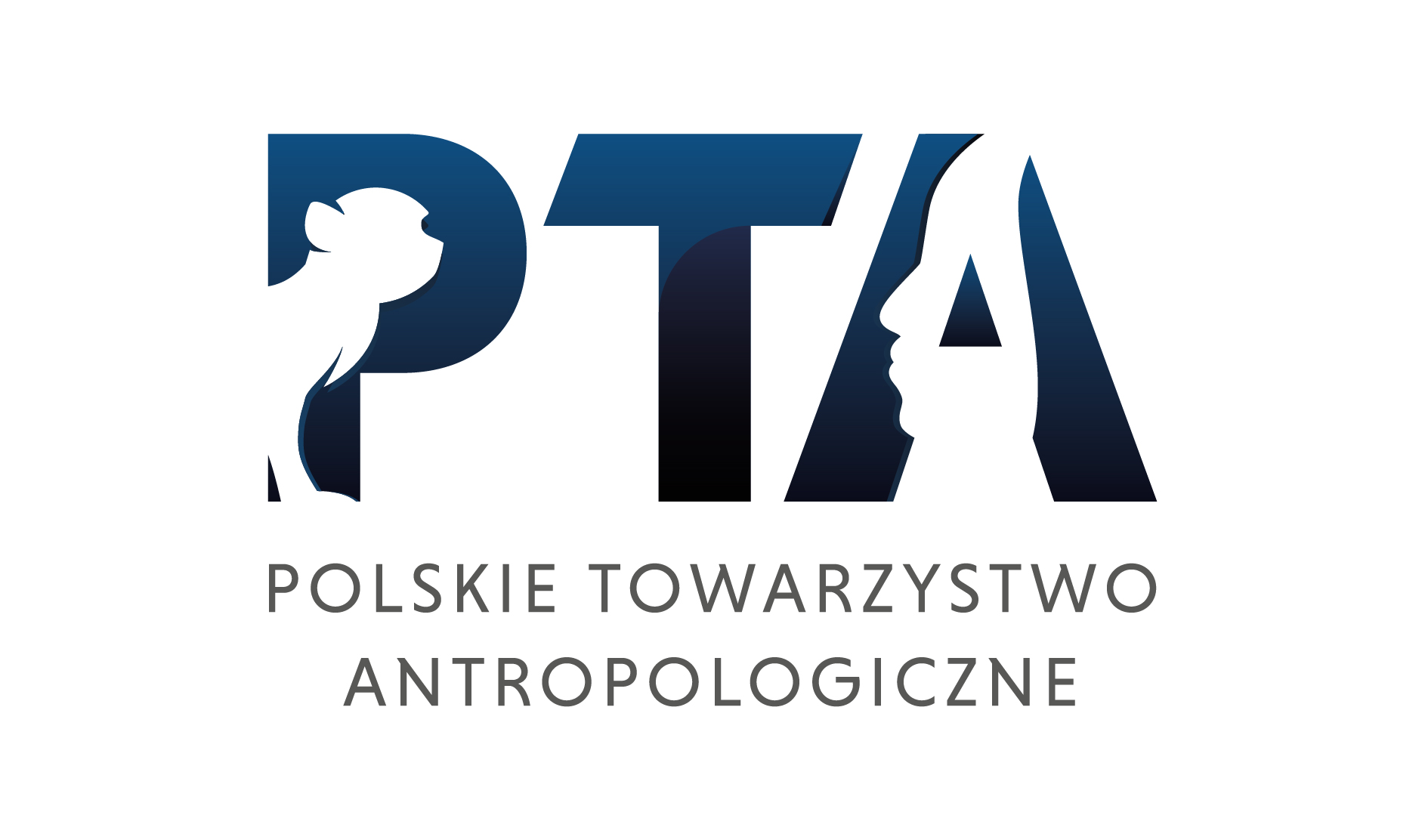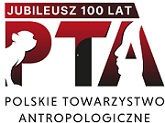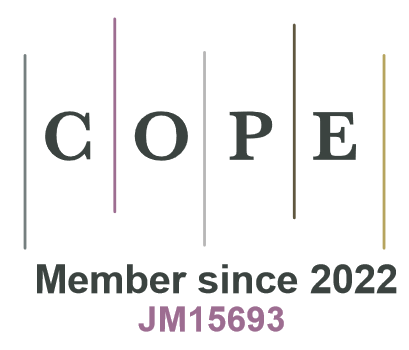Anthropology and biological changes of human populations
DOI:
https://doi.org/10.18778/1898-6773.41.2.01Abstract
Modern human biology requires application of populational approach in order to maintain methodological uniformity and to create sufficient basis for evolutionary interpretations. Hence attention must be paid to all determinants of state and dynamics of human populations. In such a situation, culture as a decisive factor of the operation of natural selection in man cannot be overlooked. In the light of the above statement sharp divisions of anthropological topics into „cultural” (or ,,social”) and "physical” is neither justifable nor fruitfull. Culture, as an integral part of human biology, manifests itself through the actions of its various components in all feetback loops between man and natural environment. So the cultural system is an important regulator of strength and directions of selection pressures. Even now, we subjects of evolution and creators of culture are conscious of the above influence, but there is no way for us to stimulate the direction of further changes in our species. If we want to understand and control biological changes in mankind, we must know perfectly general rules. One of the main possible ways to gain this knowledge is research of our history as a biological species. Facing this problem one ought to verify the value of all existing information and to choose sufficient methods of complex investigations. Either direct information remains of man and other organisms, archeological finds, geological data and written documents — or indirect ones — universal biological and cultural laws, can be a relevant sources for investigations of earlier human populations. Variability of man in time and space can be analysed from two viewpoints: 1. morphophysiology; 2. state and dynamics of population. In the first case, in order to obtain an actual picture statistical analysis (including multivariative methods) must be used. Moreover ecosensitivity and heritability and microevolutionary changes in each particular character have to be carefully considered. In the second case there is the need of reconstruction of at least basic characteristics i.e. population size, territorial concentration of people (density gradients e.t.c.), fertility, mortality, intra- and intergroup mating system. Since the problem is posed in such a form, the authors propose to outline the following programme. It is called Biological History of Human Populations Research Programme. The programme contains tree divisions: I. morphology; II. state and dynamics of populations; III. environment analyses. Investigations will be carried on four plans: A. recognition of general laws; B. verification of materials collected up to now; collection of new data; C. improvement of methods; D. monographical elaborations of separate topics. Hence are planned following investigations: In the group I. A. — variability ranges in morphological characters together with their ecological and hereditary determinations; I. B. — field researches registration and evaluation of existing materials; I. C. — application and accommodation of various methods for morphological description and distinction of human groups; I. D. — monographical works on separate skeletal series or the small groups of them. In the group II. A. — changes in mortality structure, system of mating, reproduction; II. B. — evaluation of sources useful in estimations of state and dynamics of human groups; IL C. — elaboration of special methods available for various sources of data including incomplete materials; II. D. — trends of the changes in various populations parameters; construction of models and their confirmations. In the group III. A. —investigations of the network of interrelations between population and environment; III. B. — evaluation of the usefulness of information contributed by other branches of science (e.g. archeobotany, geology e.t.c.- and social sciences; III. C. — elaboration of methods for population parameters estimations from the data concerning environment conditions; III. D. — we do not propose here separate works, topics from this group will be partly elaborated in connection with works in groups I.D. and II. D.
Downloads
Downloads
Published
How to Cite
Issue
Section
License

This work is licensed under a Creative Commons Attribution-NonCommercial-NoDerivatives 4.0 International License.








